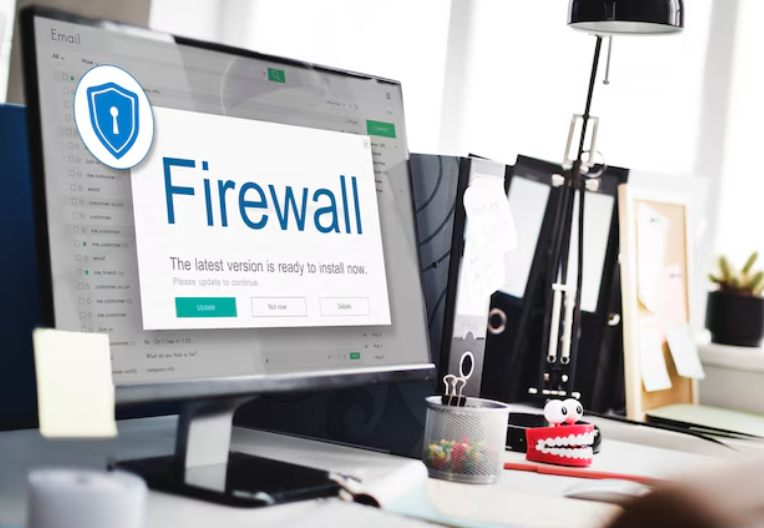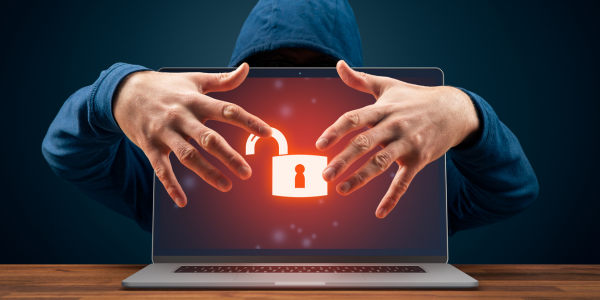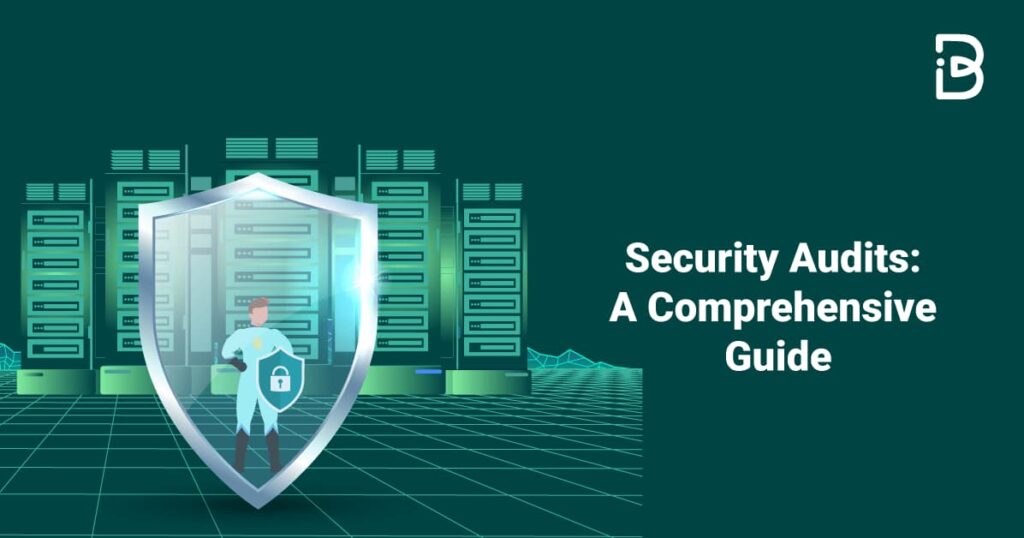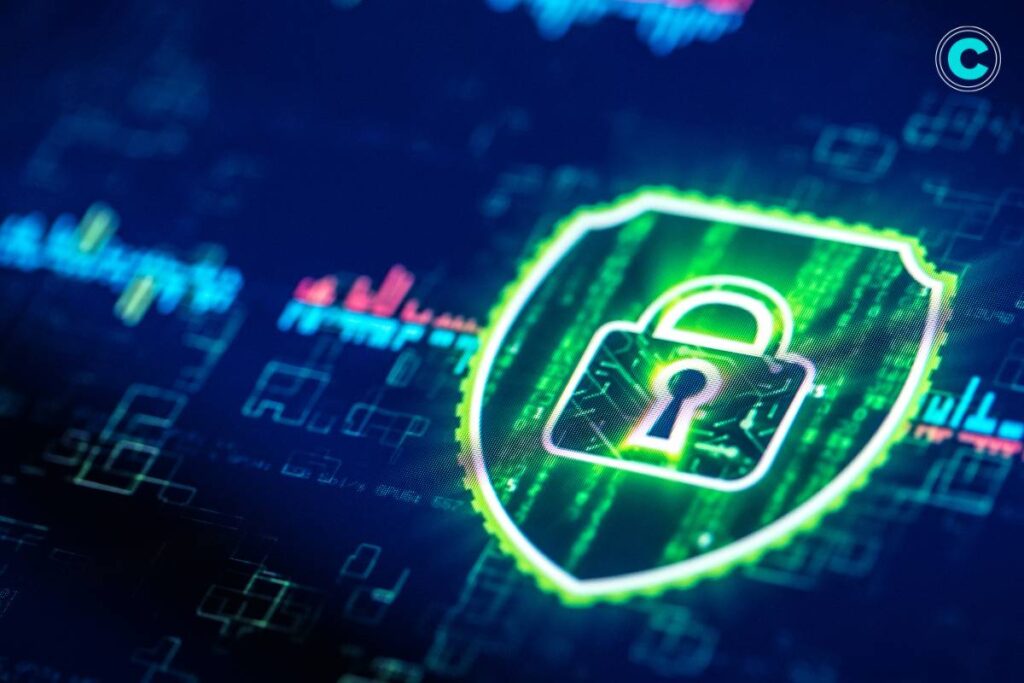How Companies Can Protect Intellectual Property from Insider Threats

Employee intellectual property (IP) theft has grown to be a major issue in a society going more and more technologically advanced. The dangers to private data have increased as more businesses choose digital collaboration and remote work. Employee misbehavior involving sensitive firm data—that is, insider threats—may cause significant financial and reputation harm. This article looks […]
Avoiding the Trap of Romance Scams: Protect Yourself or Loved Ones from Financial Loss

Romance scams have become a global problem, resulting in heartbreak and financial loss. In fact, according to the Federal Trade Commission, consumers lost $1.14 billion to romance scams in 2023. The typical victim lost $4,400—an amount that could completely ruin many emotionally and financially—as scammers employ ever more advanced strategies. Knowledge of these frauds is […]
Three Ways to Protect Your Business from Cyber Threats

In today’s digital age, businesses face a constant and growing risk of cyber threats. From stolen data to hacking, every organization is vulnerable. However, with the right steps, you can protect your business from cyber threats like corporate investigations and theft. At Lauth Investigations International, we specialize in cyber investigations and workplace investigations to help […]
Maximizing the Value of Security Audits to Organizational Security

In today’s evolving world of business, enhancing the security of an organization is paramount. We are living in an interconnected world, where the entrenchment of technology is one of the single biggest threats for many organizations, and the need for beefing up the internal security of data and assets averts the risk of losing what […]
Leveraging Technology for Enhanced Security: Solutions for Modern Challenges

As we navigate the ever-shifting landscape of security challenges, from cyber threats to physical breaches, one thing is for sure: technology is our trusty sidekick in this high-stakes game of defense. Modern organizations are, therefore, exposed to several threats, but thanks to the advancement of technology. It is now possible to address major security issues […]
Unveiling the Hidden Gems: How Private Investigators Can Assist Attorneys in E-Discovery

eDiscovery, or electronic discovery, is a type of investigation in which information technology is married to private investigation by means of locating digital information both online and offline. The information scraped during these investigations can range from databases to social media profiles, and with more forms of digital data becoming ubiquitous, the need for eDiscovery […]
Too Good to Be True? Know the Signs of Romance Scams
How many people do you know who met their significant other online? There’s probably a few, because tales of whirlwind romances that started virtually are more and more common these days—but sadly, so too are online romance scam stories. Unfortunately, while this particular form of underbelly criminality used to be relegated to niche chatrooms and […]
How to Protect Personal Information Online in 2022
Both experts and laypersons alike have argued that in utilizing the internet for purposes of automation and convenience, we have sacrificed our security as our personal information floats in the ether. In an age where a great deal of the fraud that occurs in the United States happens in cyberspace, consumers are being cautioned more […]
5 Cyber Security Measures Every Business Needs
Cyber criminals are evolving at an alarming rate. Cyber-security product developers are on an infinite loop with felons, each trying to out fox the other with regards to data breaches. Security is absolutely necessary for brick and mortar establishments due to a myriad of reasons, but in 2019, the name of the game is cyber-security. […]
Phishers Want Your Direct-Deposit
The invention of direct-deposit payments in electronic banking have likely saved companies millions of dollars over the years in labor hours, materials, and fees that previously caused problems for companies. However, in an age where your paycheck is sent automatically to your checking account, phishers are seeking to exploit this automation for personal gain. The […]